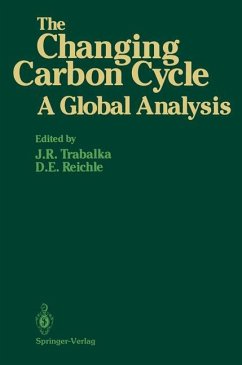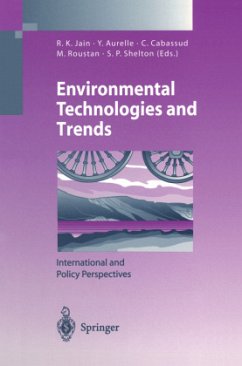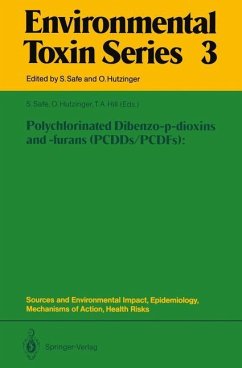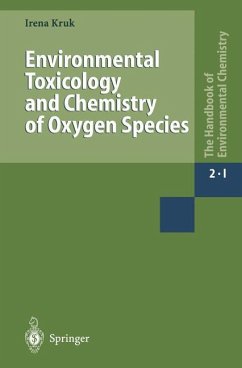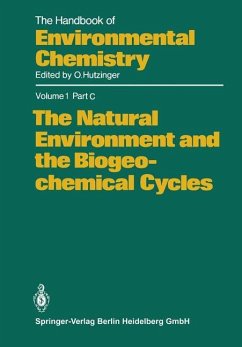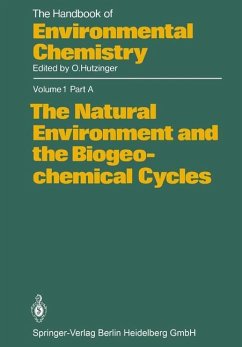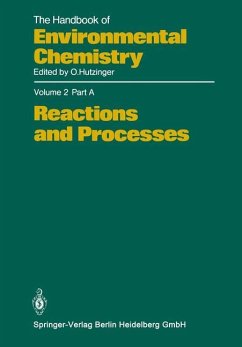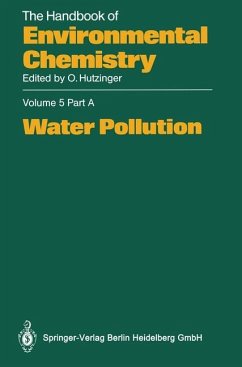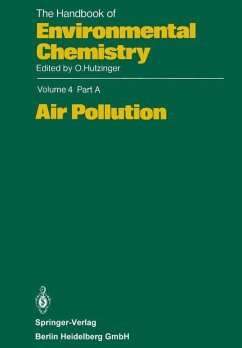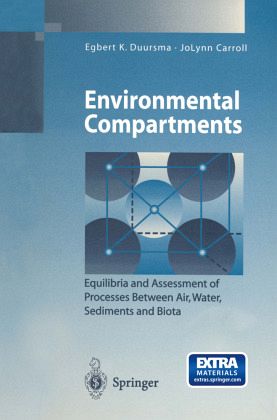
Environmental Compartments
Equilibria and Assessment of Processes Between Air, Water, Sediments and Biota

PAYBACK Punkte
19 °P sammeln!
Any concentration of a substance measured in a living or non-living system results from its distribution among all of the environmental compartments: air, water, sediments, and biota. The transfer of a substance from one compartment to another is regulated by physical forces and the chemical properties of the substance and also those of the compartments. When transfer processes are nearly constant in time, a substance will achieve predictable equilibria distributions. It is of utmost importance that students, environmental scientists, and policymakers understand the basic processes which contr...
Any concentration of a substance measured in a living or non-living system results from its distribution among all of the environmental compartments: air, water, sediments, and biota. The transfer of a substance from one compartment to another is regulated by physical forces and the chemical properties of the substance and also those of the compartments. When transfer processes are nearly constant in time, a substance will achieve predictable equilibria distributions. It is of utmost importance that students, environmental scientists, and policymakers understand the basic processes which control the distribution of a substance in order to interpret measurements obtained from within a limited number of compartments.





